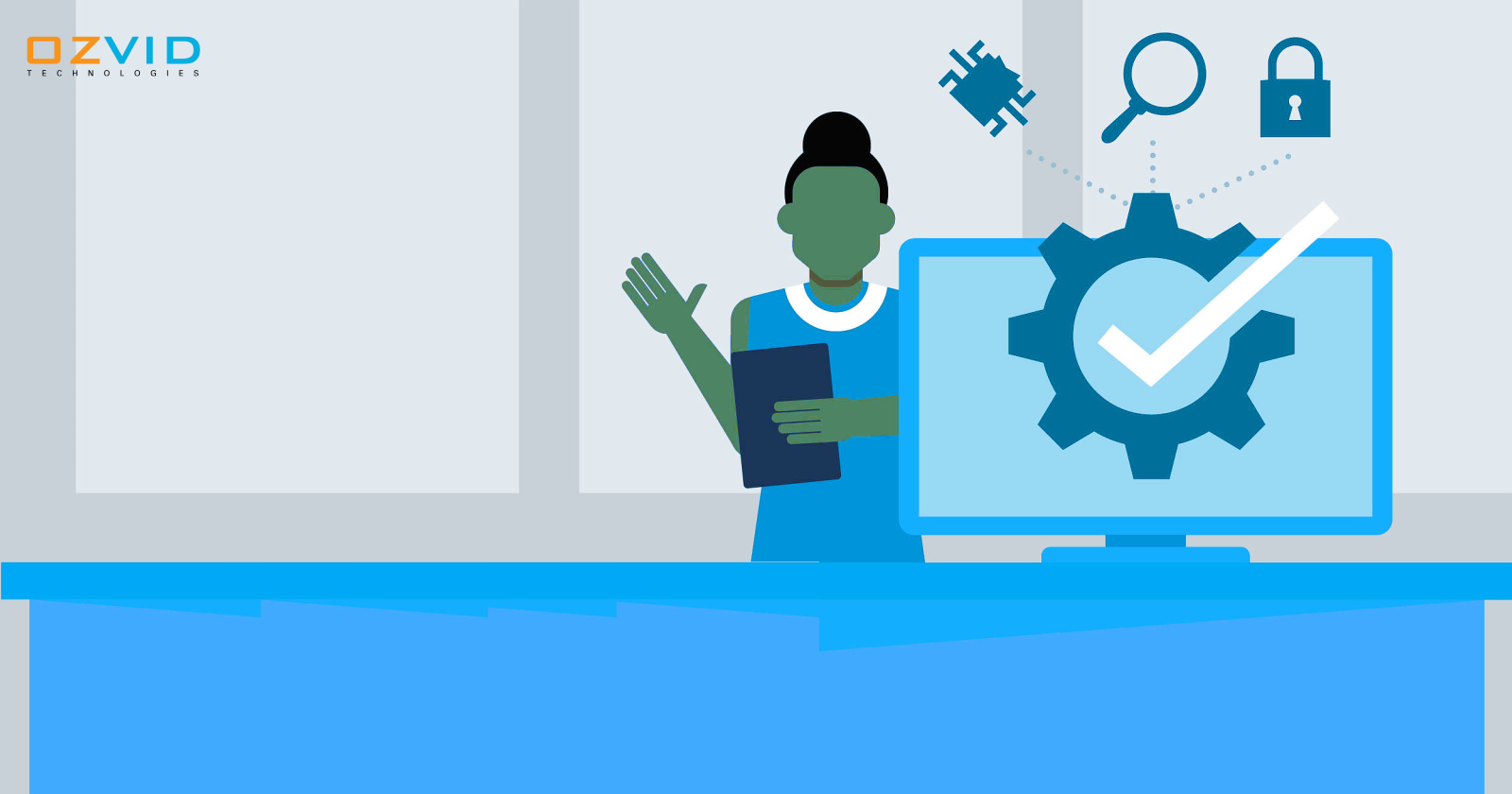Change with evolution is an unavoidable cycle that enterprises need to embrace for development and sustainability. The AI stage and supporting applications are continuously evolving and growing further to oblige varying requirements. In like manner, Software Quality Assurance needs to experience a consistently developing procedure to convey various aspects, right from building substantially more compatible applications, to affirming with various security conventions. Neither QA nor development can recite a monologue and deliver satisfactorily.
The transition of roles and development of procedures can happen just when both the functions team up and share an average of their experiences. In the present context, organizations are battling with various protocols and regulations to adjust their business procedures and applications with data security policies. Additionally, there are numerous approaches that are impacting the appropriation of QA procedures and development patterns. Consenting to all these policies requires exceptional correspondence and coordination among groups.
Worldwide organizations are progressively becoming digital as are their different consumer-facing offerings and applications. Henceforth, the product development process needs to get advanced and get significantly more comprehensive and agile instead of simply working with a clear flow. Nevertheless, there are many factors that can be credited for the constant development and progress of QA and software testing as a capacity and process. They can additionally strengthen the importance of software quality assurance across different industries as well.
Organizations are progressively putting resources into Quality Assurance to guarantee the nature of their applications as well as to bring sustainability and profitability for their business. Hence, there is a lot at stake when it comes to putting resources into QA, which incorporates test cases and automation frameworks.
Growing Security Concerns: A Gartner report estimates that ‘worldwide spending on information security products and services will reach $86.4 billion in 2017, an increase of 7 percent over 2016, with spending expected to grow to $93 billion in 2018.’ It further mentions, ‘Spending on emerging application security testing tools, particularly interactive application security testing (IAST), will contribute to the growth of this segment through 2021.’
Regardless of whether it is Cybersecurity or Application Security, guaranteeing the security of applications has turned into an essential requirement for all digitally inclined organizations. Cybersecurity threats, breaches, and data leaks have threatened each institution and organization over the world. This infers that regular security testing mechanisms cannot work. You require a robust strategy that is much more responsive and agile, which continues evolving with time and challenges.
QA needs to embrace new tools and use new strategies that can cut down such crisis.
Better Tools With Richer Features: Strategies, for example, DevOps and Agile empower more automation and scrupulous observing of improvement and testing exercises. This is empowered by utilizing different apparatuses to accomplish the expected result. Tools accompany their own particular capacities and specialties. They could be free platforms or licensed paid tools. With the importance of the testing and development requirements, testing tools need to show signs of improvement and compatibility over time.
On the other hand, QA teams need to develop and refresh their skills to use better tools that can deliver more, perform in an unexpected way, and give better results. Nothing can remain steady, as developing needs are pressuring testers to perform diversely and determine brilliant outcomes.
Changing Customer Demands and Preferences: The consumer scenario is getting very competitive, where new products and applications are being launched each hour. Enterprises are thinking of new and potential methods for attracting new clients, and also holding the current ones. While they do so, they have to guarantee that their current viewer base is tuned in, and there are offers that are attracting new viewers as well. This means that they have to pack their items in an unexpected way, yet offer an omnichannel experience.
This needs scrupulous coordination between development and testing teams. QA is expected to evolve and attempt new methodologies to manage the developing business demands and their customers.
Summing Up
At last every business needs innovation with more experimentation, which guarantees a higher RoI and profitability. By adopting new tools and testing platforms/methodologies, QA can develop and continue reexamining its procedure. This brings considerably more inclusiveness and responsiveness in its viewpoint to suit change and new thoughts. QA should likewise convey versatility to its procedure to test distinctively and bring sustainability that is fueled by innovation.
Connect with us to investigate the abilities of our committed testers and gain maximum benefit from your QA investment.



























































Share this post on: